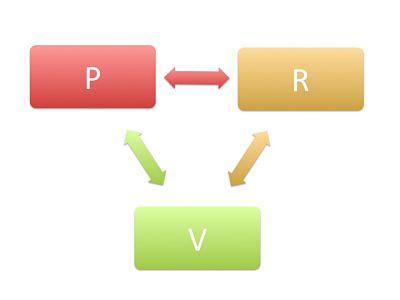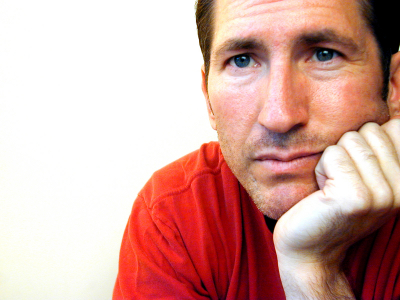 I have been a couples counsellor for a long time now and I notice a very different way that people who want couples counselling contact me compared to individual clients.
I have been a couples counsellor for a long time now and I notice a very different way that people who want couples counselling contact me compared to individual clients.
Most individual clients make an enquiry when a situation has built up over some time and they no longer want to deal with the pain this causes. They want to change their life for the better and so they seek a counsellor or therapist to support them with the change they want to make. The feel of these enquiries is often considered and as if the individual is preparing to go on a journey of discovery.
Couples Counselling Call
Contrast this with the typical couples enquiry. Often one member of the couple contacts me and there is a real feeling of urgency. They often want to see me right now, no waiting around, as it is an emergency. They need fixing and it has to happen yesterday! It’s not uncommon for them to phone me without agreement from their partner and the appointment is later cancelled or not attended because the other partner refuses to come.
It makes sense to me that this is how couples counselling enquiries often are. It is easy to pretend that things will work out with your partner if you just keep trying and trying and many people are good at pretending that eventually things will turn out OK if you both just try one more time.
Unfortunately, if partners are not communicating effectively with each other then it’s easy for one partner to be putting a huge amount of effort in and the other partner quietly constructing an escape plan to exit the relationship. When that escape plan is put into action the call goes into the therapist and therapy is demanded RIGHT NOW!
Don’t Panic!
I’m not saying that therapy is a waste of time at this stage of the relationship breakdown. There may be hope, and if both partners are willing to do things differently couples counselling may work and the relationship can be saved. If one partner has decided to exit the relationship though there is often little that a therapist can do.
I tell you this not to depress you but to explain that the best time to go to couples counselling is before the relationship gets into dire straits. This way, neither partner has made decisions about exiting the relationship, both partners are more able to hear the other empathetically and real work can be done to improve the relationship, often to a deeper level than ever before.
What if you are in the “emergency” zone?
If you fall into the “emergency” category I would still encourage you to contact a good therapist with training and experience of working with couples. The therapist will be able to facilitate a proper, honest discussion between you and your partner.
When I work with clients who are in this position (and I have worked with a many, many of them) I teach the Imago Dialogue process first, which means that both partners get a chance to talk to the other honestly and the other is able to listen fully and truly hear what their partner has to say. This in itself can make a huge amount of difference. There is usually one partner who does the talking and often dominates the conversation whilst the other listens, withdraws and figures things out by themselves as they feel that they will be bulldozed if they speak. This is not allowed in my consulting room. Both partners will speak and both partners will listen, it’s just how the Imago Dialogue process works. My job is to keep both partners safe.
As Imago Relationship Therapy is about emphasizing the positives as well as addressing the negatives in the relationship I will encourage the couple to talk about the great things in their relationship and things they will really miss if they do decide to break up. This often has the effect of reminding both partners what they love about each other and increases the chance they will stay together. The events of the past can be put into context and long-term thinking can begin.
Call me for couples counselling
If you need help in your relationship and you want to work with a therapist who has had specific training to work with couples (which, I have to say is rare) then you can contact me on 07966 390857 or use my contact form on this website to see if there are any couples counselling spaces available.
 I’m not sure why it’s taken me so long to write about the Drama Triangle as it’s probably the concept that has had more “aha” factor than any of the others with my clients. People tend to “get it” and, as if by magic, the behaviour patterns that they have been engaged in with others suddenly become apparent. The concept also invites the client to think about the messages they learnt about themselves and others as they were growing up. This new awareness gives an ability to change and pull themselves out of unproductive ways of being.
I’m not sure why it’s taken me so long to write about the Drama Triangle as it’s probably the concept that has had more “aha” factor than any of the others with my clients. People tend to “get it” and, as if by magic, the behaviour patterns that they have been engaged in with others suddenly become apparent. The concept also invites the client to think about the messages they learnt about themselves and others as they were growing up. This new awareness gives an ability to change and pull themselves out of unproductive ways of being. The important thing to see here is those arrows going in both directions. When playing games an individual tends to move around the triangle taking all of the roles at different times. We dance around the triangle with our opposite number taking on all of the roles.
The important thing to see here is those arrows going in both directions. When playing games an individual tends to move around the triangle taking all of the roles at different times. We dance around the triangle with our opposite number taking on all of the roles. Do you find yourself putting things off or not getting round to important changes in your life that you want to make? In this post I am going to discuss the four passive behaviours that we can all be guilty of, one of which I found very surprising when I first read it – I didn’t think it was passive at all.
Do you find yourself putting things off or not getting round to important changes in your life that you want to make? In this post I am going to discuss the four passive behaviours that we can all be guilty of, one of which I found very surprising when I first read it – I didn’t think it was passive at all.